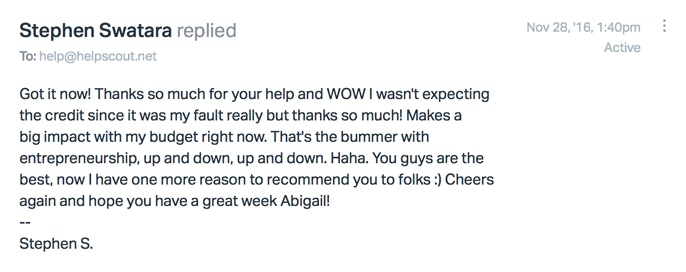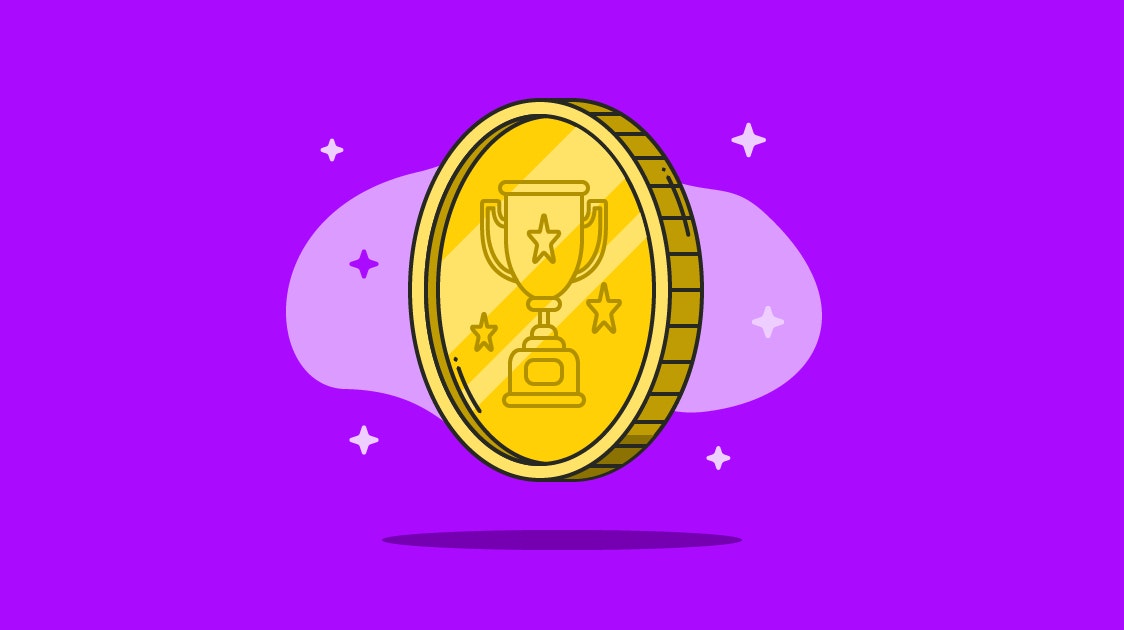Is it more important to acquire customers or to satisfy the customers you have?
In “The 10x Rule,” Grant Cardone makes the vehement argument that customer acquisition is by far the more important target. Customer satisfaction is still important, he says, but businesses make a mistake when they prioritize it over new customer acquisition:
Make your primary focus commanding attention and generating customers before you worry about making them happy.
The trend of focusing on customer satisfaction has been detrimental to customer acquisition. Companies become so consumed about their current customers’ 'satisfaction' that many are failing to aggressively acquire and expand their market share.
Brands that truly deliver customer satisfaction do not talk about customer service; they focus on customer acquisition. ... customer satisfaction cannot exist without a customer first.
Domination of market share tends to trump all other things. Companies that sell poor products make acquisitions their number one goal — and then handle any problems with their products or offerings after they get users on board.
For some businesses, this may be true. (You can find hundreds of blog posts on the “acquisition vs. retention” debate, and enough evidence on either side to support whichever argument you want to make.) But the issue with pitting customer acquisition against customer satisfaction — or placing a higher value on one than on the other — is reductive.
Why it doesn’t make sense to prioritize acquisition over satisfaction
Putting a higher premium on customer acquisition than customer satisfaction is short-sighted, because they’re two sides of the same coin. Framing it as “either-or” means something or someone — usually the customer — has to suffer.
1. Growing businesses need both
To grow as a business, you can’t afford to ignore one goal — customer acquisition or customer satisfaction — to focus on the other. Customer-centered growth is as much an acquisition tactic as it is a retention tactic.
But neither can you afford to equate customer satisfaction with customer retention. That’s because customer satisfaction isn’t a proxy for customer health. “Satisfied” customers jump ship all the time, because mere “satisfaction” doesn’t cut it.
So in that sense, Cardone is correct that CSAT in itself is a less than ideal goal — your acquisition efforts might be enough to keep you in business, but customer happiness is the target for businesses who want to grow. As Patrick Campbell from Price Intelligently explains, unhappy customers will churn, and a high churn rate makes growth challenging.
Anyone can replicate your product. But they can’t necessarily replicate the amazing experience your customer has with you. By elevating metrics under the CSAT umbrella — such as customer effort, net promoter score and the like — and valuing them every bit as highly as customer acquisition metrics, you can be sure what gets measured will get done.
2. Customer happiness is an acquisition tool
A few weeks ago, I was admiring my parents’ new couch, which they ordered online from Wayfair. They got a great price on it, but the fabric in the back was damaged during shipping, so Wayfair immediately offered to replace it or to take another couple hundred dollars off. My parents took the extra discount, fixed the damage themselves, and told everybody what a great experience they had with the company. Guess who’s top of mind for me when it comes time to purchase new furniture?
That’s relationship marketing — it’s a powerful acquisition tool and a large part of Help Scout’s customer-first approach to upselling. We aim for mutual success by creating a great product paired with superior customer support, with pricing plans designed to grow along with your business. That approach leads to positive, organic word of mouth:

Customer happiness, in other words, is customer acquisition. Choose your own metaphor: Flywheel, upward cycle, chicken-or-the-egg scenario — when your company provides excellent customer service, that’ll win you more customers, to whom you can provide more excellent service, which will earn you more customers.

Sources: Help Scout, Marketshare, Oracle, Nielsen, Convince & Convert, WOMMA, and McKinsey.
As Jason Fried and David Heinemeier Hansson say in “Rework”: Everything is marketing.
Marketing is something everyone in your company is doing 24/7/365. Just as you cannot not communicate, you cannot not market. ... Marketing isn’t just a few individual events. It’s the sum total of everything you do.
Focusing on customer happiness doesn’t equate to ignoring customer acquisition, if your company’s customer service is a competitive differentiator that serves as a word-of-mouth marketing tool.
3. It costs more to acquire customers than to retain them
Anyone making an effort to sign up massive numbers of new customers would be foolish to not spend at least as much energy to retain the customers they’ve already convinced. That’s why “land and expand” is such a popular growth strategy.
Customer-focused businesses are built on retention.
According to Harvard Business Review, “acquiring a new customer is anywhere from five to 25 times more expensive than retaining an existing one.”
Your competitors are also trying to acquire people who are your customers now. It costs them more to steal them than it would cost you to keep them.
4. Current customers suffer when you focus on acquisition
Think about how irritating it is when you see a business offering a better deal to new customers than you can get as a customer who has paid them for years.
Since your revenue can only come from either existing customers or new customers, it will always make sense to take care of your existing customers while acquiring new ones.
But you can’t do that when your sales team lets go of customers the moment they sign up. If acquisition is your primary initiative, sales will bring in customers who end up disappointed, and the customer support team will fail to help them succeed. Who suffers? The customer — sold on high expectations, but let down after that sale. The math rarely works out.
Customer experience is the new frontier
As customer service consultant and speaker Micah Solomon pointed out in The Future of Customer Support, “customers continue to expect better and better customer service — in every industry, every niche, at every price point.”
“Customers expect you to provide better customer service because they’re already getting better customer service elsewhere. … when USAA expertly assists in filing an insurance claim, or Amazon enables an effortless product return, or a genius at the Apple store debugs an iPhone issue with aplomb, it’s inevitable that your customer is going to expect friendlier, speedier, more intuitive service from your company as well.”
Growing businesses can’t afford to put customer retention behind acquisition, because customers are learning to expect a certain base level of service and will find other solutions when that expectation isn’t met. At that point, the competition will be over who can make their customers the happiest.
So customer satisfaction is the wrong target, but not for the reasons Cardone mentions. Customer happiness is the target to aim for, but not in any sort of diametric opposition to customer acquisition — the two goals can and should coexist to create a positive, upward spiral.







